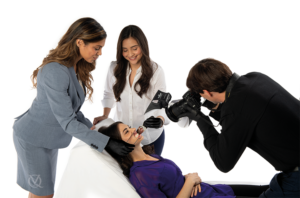Written by: Bryn Grisham
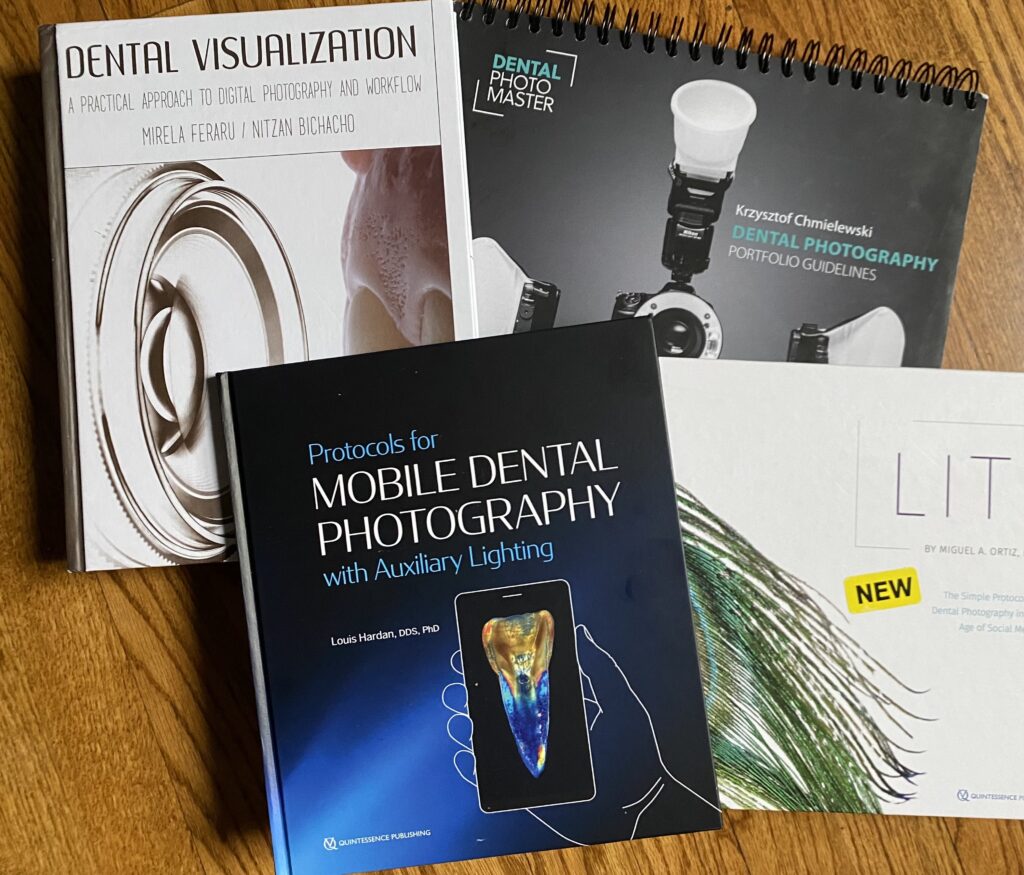 In the last decade, dental photography has gone from being an elite hobby for true photographic enthusiasts to a best practice and an essential part of daily record keeping. It wasn’t that long ago that photography was considered a demanding and expensive pastime that offered minimal clinical benefit. Certainly dental photography was always useful for communication and documentation, but it wasn’t practical for the average clinician. Even when the cost was not a deterrent, clinicians still had to contend with the steep learning curve; it takes a lot to understand the basics of photography and to master the concepts and equipment. All in all, it didn’t seem like a good investment. However, most of that has changed, and it is easy to see why.
In the last decade, dental photography has gone from being an elite hobby for true photographic enthusiasts to a best practice and an essential part of daily record keeping. It wasn’t that long ago that photography was considered a demanding and expensive pastime that offered minimal clinical benefit. Certainly dental photography was always useful for communication and documentation, but it wasn’t practical for the average clinician. Even when the cost was not a deterrent, clinicians still had to contend with the steep learning curve; it takes a lot to understand the basics of photography and to master the concepts and equipment. All in all, it didn’t seem like a good investment. However, most of that has changed, and it is easy to see why.
Cost and Accessibility
Gone are the days of expensive and complicated equipment that is only available from professional photography shops.
Gone are the days of expensive and complicated equipment that is only available from professional photography shops. Everything you need to take photos in clinical practice has become more widely available and more affordable. And digital photographs are now cheap and easy to store. What this means is that the biggest financial hurdles have been lowered, considerably.
Clinical Context
It has never been easier to document cases and communicate using digital photographs. Regardless, the question that dentists kept coming back to is whether dental photography could really make a difference in their daily practice, especially when it seems like a time-consuming process. Everyone has heard how digital photography can improve patient communication, but can it really increase patient acceptance? With the rise of fast and easy digital mockups, old notions have been challenged and now we have a more tangible incentive for using photography in clinical practice every day to plan and discuss treatment plans with patients.
Simple and Effective Protocols
Even if the costs are reasonable and more clinicians want to use dental photography in their practice, that doesn’t mean there aren’t any hurdles left to clear. Learning the basics of dental photography is still a real obstacle.
This is where Quintessence comes in. Our expert authors have figured this stuff out and are sharing what they know to help you. We have multiple best-selling textbooks on dental photography that meet you wherever you are—whether you are looking for a traditional textbook to start at the beginning, a fun new clinical approach that makes it easy, a quick reference for staff members, or a how-to for taking clinical photos with a mobile phone. We’ve got you covered!
Comprehensive Textbook
Our most traditional textbook is Dental Visualization: A Practical Approach to Digital Photography and Workflow. Drs Feraru and Bichachu cover everything from photographic principles to products to troubleshooting, as well as laying out how any specialist can apply this knowledge into the daily workflow of their practice. It has everything you need to know.
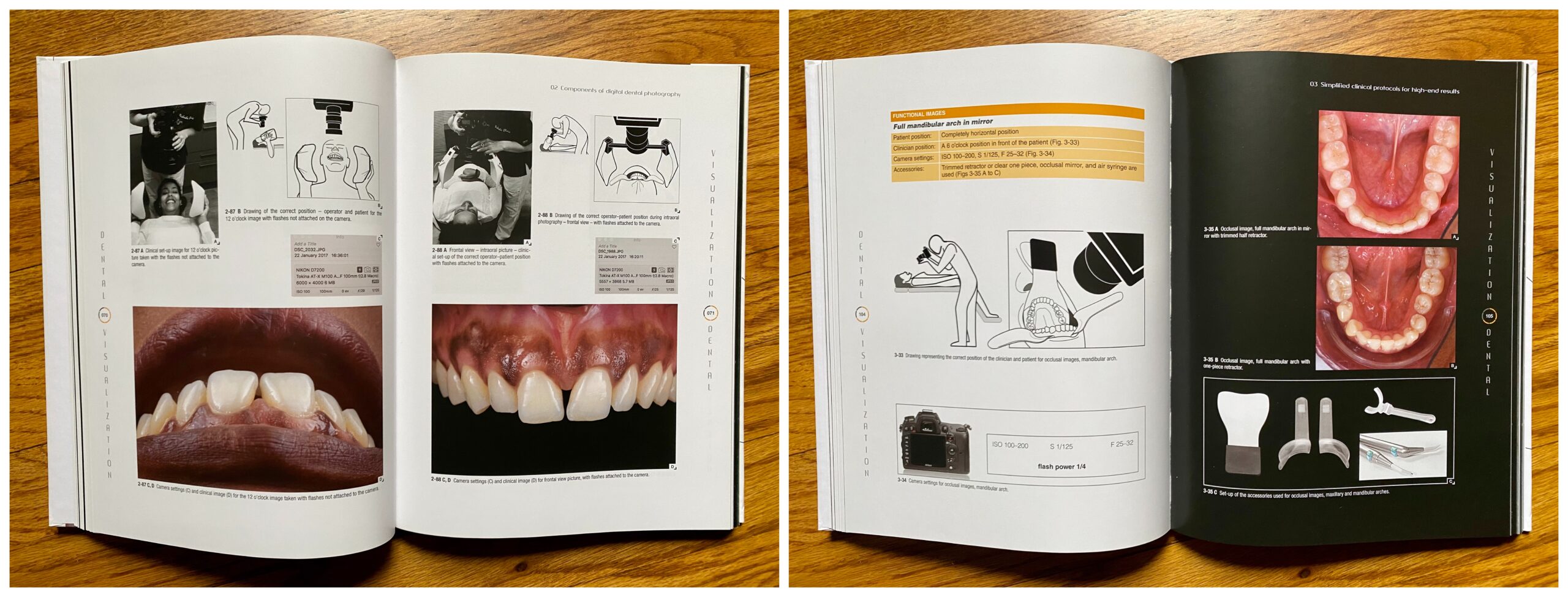
Best Clinical Manual
In 2019, we launched our best-selling book by Dr Miguel Ortiz, Lit: The Simple Protocol for Dental Photography in the Age of Social Media. Dr Ortiz breaks down photographic concepts to their simplest components, which helps readers gain confidence and start using a DSLR camera in practice right away. This book takes the mystery out of photography and will help anyone find their footing. Moreover, the author’s enthusiasm for the topic comes through from the beginning and makes dental photography seem very manageable.
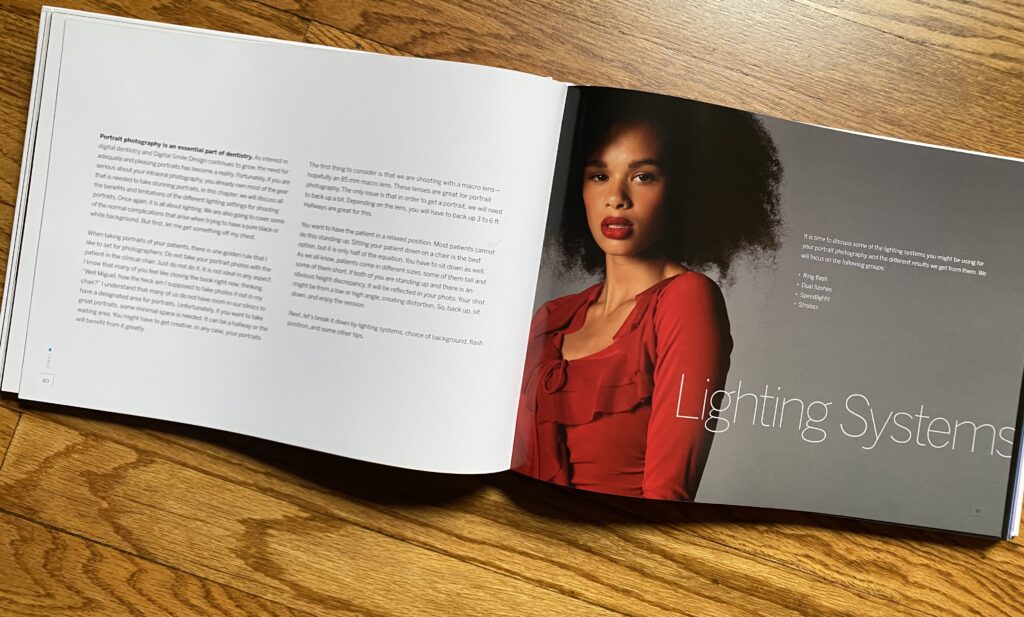
Quick Guide
Dr Chmielewski has written the essential quick guide, Dental Photography: Portfolio Guidelines. The brilliance of his shot-by-shot guide is that it outlines the equipment, accessories, mode, magnification, and tips for every clinical photograph that you would need to take. This is a go-to reference for you and your staff.
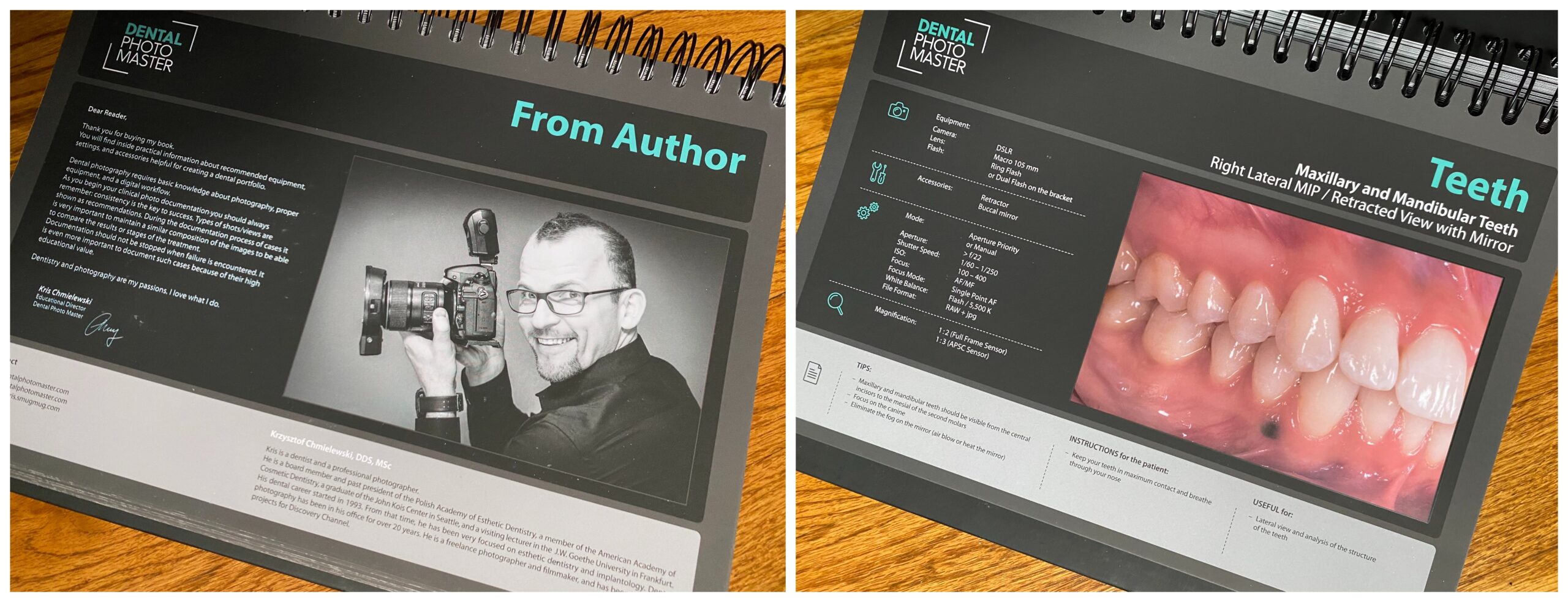
Dental Photography with Your Phone
Finally, our newest book on dental photography is for every clinician who wants nothing to do with using a DSLR camera in their practice (or who wants more convenience and flexibility). Dr Hardan shows you how to use the camera on your phone with a few simple accessories to achieve outstanding dental images. His book, Protocols for Mobile Dental Photography with Auxiliary Lighting, makes it clear that you really can get similar-quality images with a smartphone camera as with a DSLR camera; you just need to know how to use it.
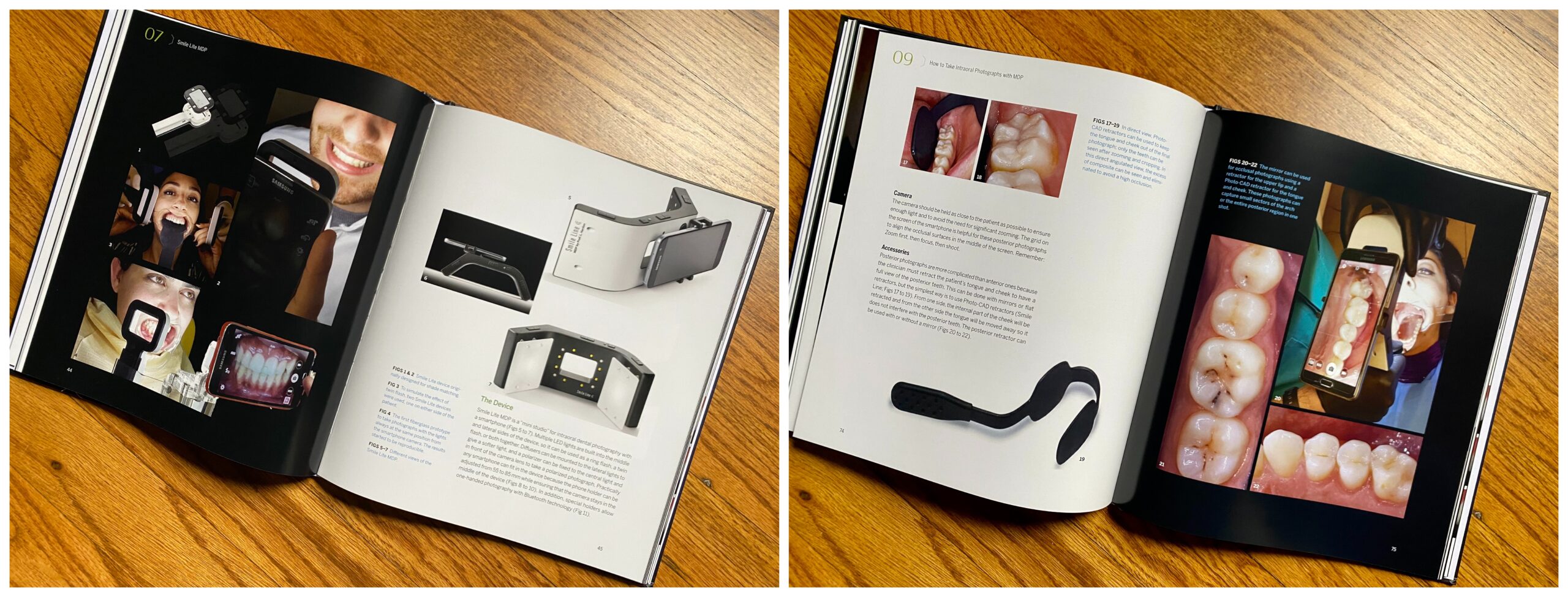
Dental photography is not going anywhere, and sooner or later, most clinicians are going to have to find a way to make it work in their practice. Make certain that you have the best information on hand to help you make that transition a success.
Dental photography is not going anywhere, and sooner or later, most clinicians are going to have to find a way to make it work in their practice.
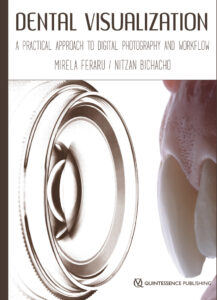 Dental Visualization: A Practical Approach to Digital Photography and Workflow
Dental Visualization: A Practical Approach to Digital Photography and Workflow
Mirela Feraru and Nitzan Bichacho
This book provides the practicing clinician with a clear and concise guide to dental photography and its role in modern dentistry. The main aspects are broken down into easy-to-follow chapters, all lavishly illustrated with detailed images. Aspects such as the importance of digital documentation, camera components, and photographic equipment as well as simplified protocols for high-end results, different dental specialties, and troubleshooting are all covered within the book’s pages. The authors have condensed their extensive knowledge and expertise into a book that will surely prove invaluable to all those working within modern dental practices.
248 pp; 556 illus; ©2018; ISBN 978-1-78698-004-5 (BG128); US $158
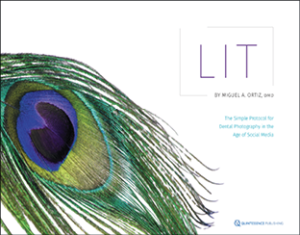 Lit: The Simple Protocol for Dental Photography in the Age of Social Media
Lit: The Simple Protocol for Dental Photography in the Age of Social Media
Miguel A. Ortiz
In the age of digital dentistry, dental providers are under increased pressure to demonstrate proficiency in dental photography for the purposes of documentation, shade matching, and laboratory communication. Expertise in this area is fast becoming part of the standard of care and also has added value for clinicians who are looking to market themselves online. This book is geared toward practitioners who want to master dental photography and build their social media presence. Written for visual learners, this book breaks down the fundamentals of dental photography by outlining the key concepts, equipment, and lighting as well as by introducing “The Simple Protocol”—the basic day-to-day intraoral protocol that shows how easily clinical photography can be incorporated into the clinical workflow. That is where most photography books end, but this author also explores advanced techniques and demonstrates how to achieve some of the most characteristic looks in artistic dental photography, including the glossy effect, chiaroscuro, chromaticity, and texture manipulation, as well as a simple setup for taking photographs in the dental laboratory. Finally, the author provides fresh insight into the ever-changing world of digital marketing and explains what you need to know to reach your market on social media.
248 pp; 357 illus; ©2019; ISBN 978-0-86715-802-1 (B8021); US $148
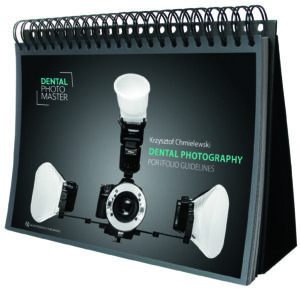 Dental Photography: Portfolio Guidelines
Dental Photography: Portfolio Guidelines
Krzysztof Chmielewski
This practical atlas functions as a visual guide for using a camera in dental practice and achieving the essential photographic views. Individual views are detailed with recommended equipment setup, camera settings, necessary accessories, tips for the photographer, and instructions for the patient. The book is designed to function as a stand-up display, providing ease of use to the photographer when used chairside. Whether used as a refresher by an experienced dental photographer or as a guide for instructing staff members on dental photography protocols, this atlas is sure to become a mainstay in clinical practice.
59 pp (spiral bound with slipcase); 64 illus; ©2016; ISBN 978-1-85097-297-6 (BG120); US $98
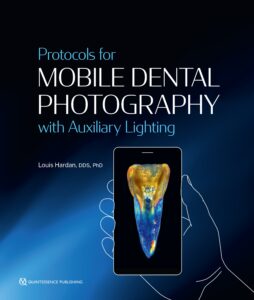 Protocols for Mobile Dental Photography with Auxiliary Lighting
Protocols for Mobile Dental Photography with Auxiliary Lighting
Louis Hardan
Billions of photographs are taken worldwide each day, and most of them are captured with a smartphone. In the context of clinical dentistry, many clinicians use their smartphone to take clinical photographs for communication or documentation simply because they cannot operate or afford a professional camera. Author Louis Hardan understands too well how a poorly taken photograph can compromise the quality of dentistry delivered to the patient, which is why he launched the Mobile Dental Photography (MDP) project in 2012. He wanted to find a way to make documentation and communication easy and affordable to all dentists and laboratory technicians, including students. In this book he outlines how to use the smartphone camera with auxiliary lighting and accessories to take photographs for treatment planning, documentation and self-evaluation, communication with the patient and laboratory technician, tracking the evolution of treatment, as well as for publishing, lecturing, and insurance and medicolegal purposes. He also shows how to take artistic photographs to wow your followers on social media and effectively market your practice online. You really can get similar-quality images with a smartphone camera as with a DSLR camera; you just need to know how to use it. This book is the key.
128 pp; 315 illus; ©2020; ISBN 978-0-86715-946-2 (B9462); US $75

